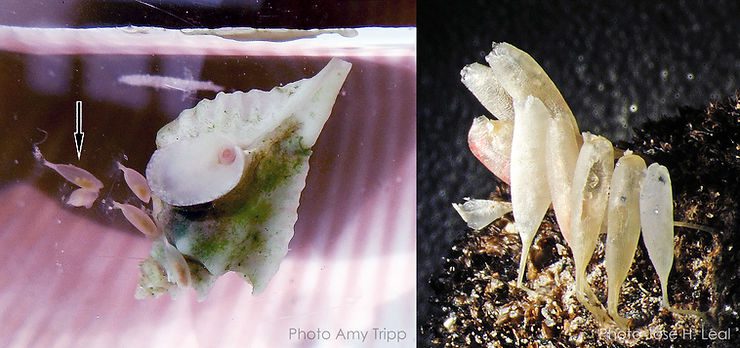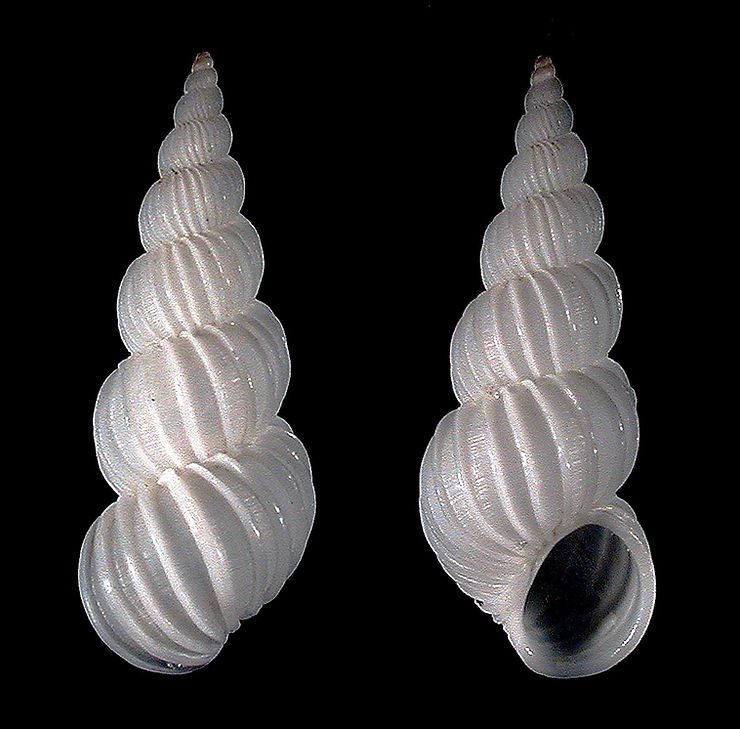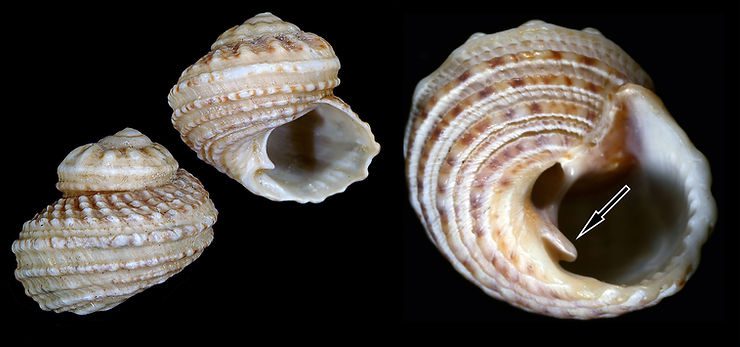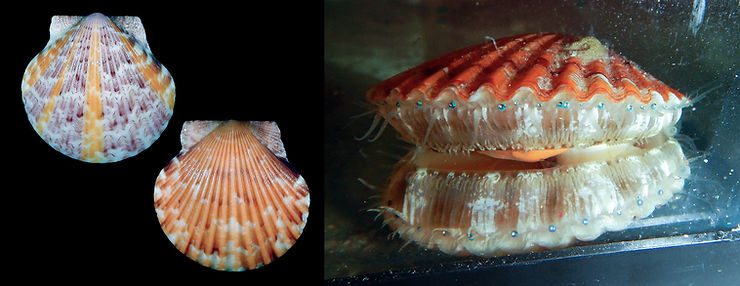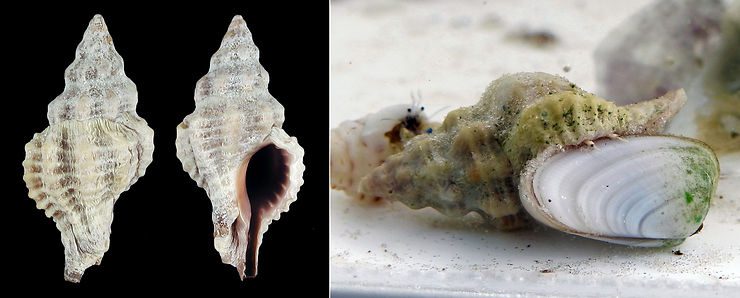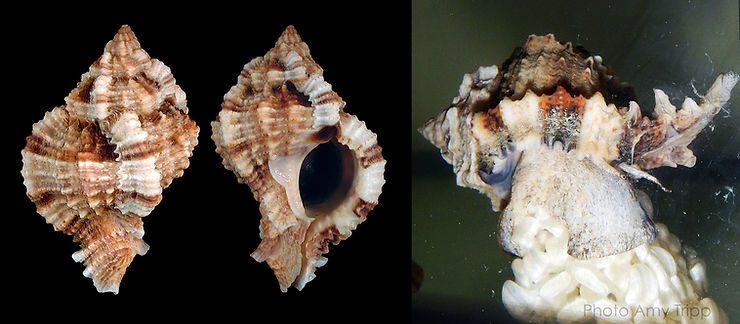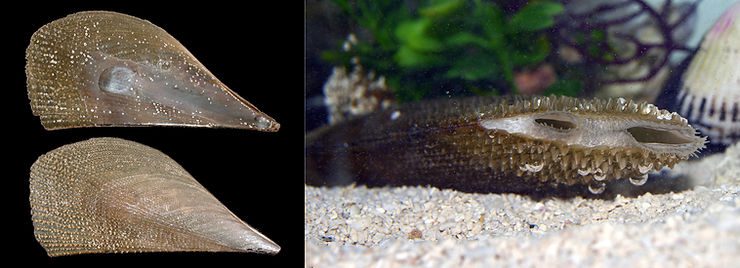
The Southern Surf Clam
The Southern Surf Clam, Spisula raveneli (Conrad, 1832), is the closest relative of the Northern Surf Clam, a species widely used in clambakes and other specialties of the New England culinary. Surf Clams are also related to the Smooth and Channeled Duck Clams, two species previously featured in this weekly column. The Southern Surf Clam may grow to be 5.5 inches in size. Its young (see figure) are often found along the beaches of Southwest Florida, and sometimes may be confused by the casual co
